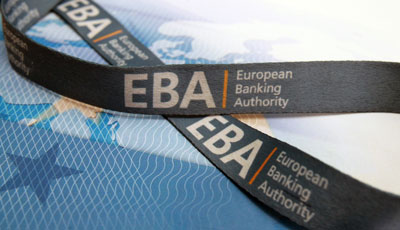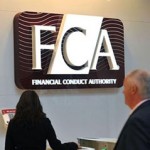EBA publishes results of the CRDIV-CRR/Basel III monitoring exercise as of 30 June 2015

The European Banking Authority (EBA) published today its ninth report of the CRDIV-CRR/Basel III monitoring exercise on the European banking system. This exercise, run in parallel with the one conducted by the Basel Committee on Banking Supervision (BCBS) at a global level, allows the gathering of aggregate results on capital – risk-based and non-risk-based (leverage) ratios – and liquidity ratios – the liquidity coverage ratio (LCR) and net stable funding ratio (NSFR) – for banks in the European Union (EU). It summarises the results using data as of 30 June 2015.
Results show a further improvement of European banks’ capital positions, largely fulfilling the future regulatory capital requirements, with only a very small number of banks suffering from potential capital shortfalls. The shortfall amounts, as represented by the difference between the current and full-implementation level of capital, have been continuously shrinking since mid-2011, and are now at their lowest level (EUR 1 billion compared with a CET1 requirement of 7%) as at end June-15.
For the first time, the monitoring exercise analyses the leverage ratio, as defined in EU legislation, in conjunction with the risk-based capital ratio analysis. The analysis indicates that the leverage ratio is indeed a binding regulatory constraint for a significant number of institutions in the sample.
With regard to the LCR, the average ratio as of the end of June 2015 is 121.2% for Group 1 banks and 156.7% for Group 2 banks. Four fifths of the participating banks exhibit an LCR ratio above 100%, while nine out ten banks have an LCR ratio above the 70% minimum requirement (which is the binding minimum of the EU LCR from January 2016). Furthermore, the analysis shows that there has been an increase in banks’ LCR over time, which can be attributed to structural adjustments (both an increase in high quality liquid assets (HQLA) and a decrease of net outflows), as well as to the recalibration of the LCR framework as published in January 2013.
With respect to the NSFR, Group 1 and Group 2 banks show an average ratio of 104% and 111%, respectively, with an overall shortfall in stable funding of EUR 341 billion. Around three quarters of participating banks already meet the minimum NSFR requirement of 100%. Compared with previous periods, there has been a continuous increase in banks’ NSFR, which is mainly driven by the increasing amount of available stable funding (ASF) for both groups.
Source: EBA


























